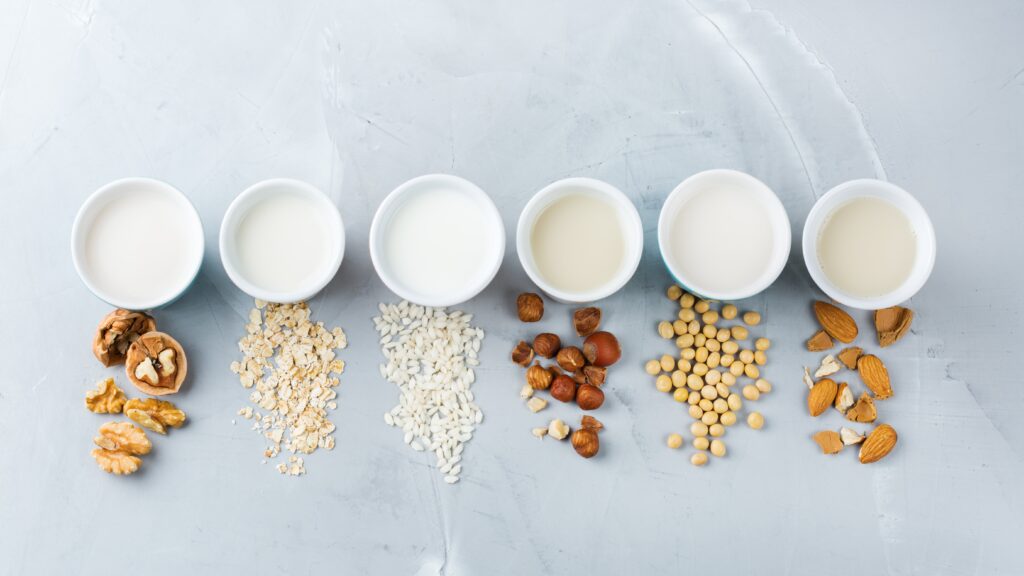Food
Nut milk is here to stay
During the early months of the pandemic, while staying at home, society adopted new food trends; the most prominent trend though was oat milk, according to Nielsen.

(Source: Elmhurst/https://elmhurst1925.com/blogs/news/types-of-nut-milk-qxu)
During the early months of the pandemic, while staying at home, society adopted new food trends; the most prominent trend though was oat milk, according to Nielsen.
The product saw a 212 per cent sales increase during 2020, compared to the same period the year prior.
Sales of milk alternatives such as oat, almond and hazelnut milk increased by a compound annual growth rate of 11.9 per cent in 2020, per the Government of Canada.
There’s a reason people are reaching for milk alternatives rather than dairy milk at grocery stores.
Grace Murrell, a second-year professional communications student at Ryerson University prefers oat milk in her drinks.
I like the taste better and think the consistency of the liquid is more appetizing than normal whole milk.
Alessia Mastroianni
“When you use [oat milk] in chai tea or a different drink, it doesn’t affect the taste,” she said in an interview.
Meanwhile, Alessia Mastroianni, a grade 10 student at St. Peter’s Catholic Secondary School started drinking milk alternatives a year ago and immediately noticed the difference.
“I like the taste better and think the consistency of the liquid is more appetizing than normal whole milk,” she said in an interview.
However, not everyone who drinks nut milk willingly chooses to, for some it’s their only option.
A study by Dairy Nutrition revealed that 16 per cent of Canadians are lactose intolerant.
Susan Monaco, a secretary at the Lynde Centre for Dermatology, has irritable bowel syndrome and almond milk allows her an alternative option.
“[Almond milk] doesn’t irritate my stomach and I can eat my cereal in peace,” she said in an interview.
While dairy milk is still the popular choice for most consumers there is a steady decline in the consumption of milk per capita in Canada, according to Statista.
The alternative milk market was valued at US$336.9 million in Canada during 2020, per Statista. By 2025, the market is projected to be valued at US$469.8 million.
By Daniella Lopez, RSJ News
How to make almond milk at home
Our multi-media producer Dana Masamra made almond milk from home, and here’s how it turned out:
